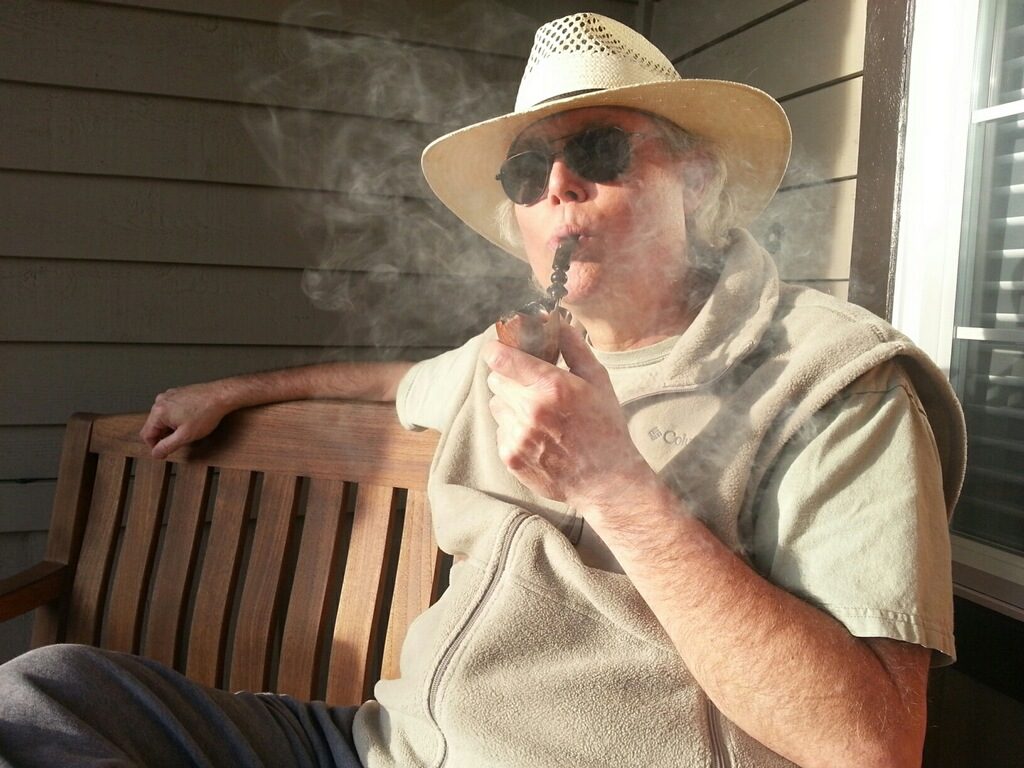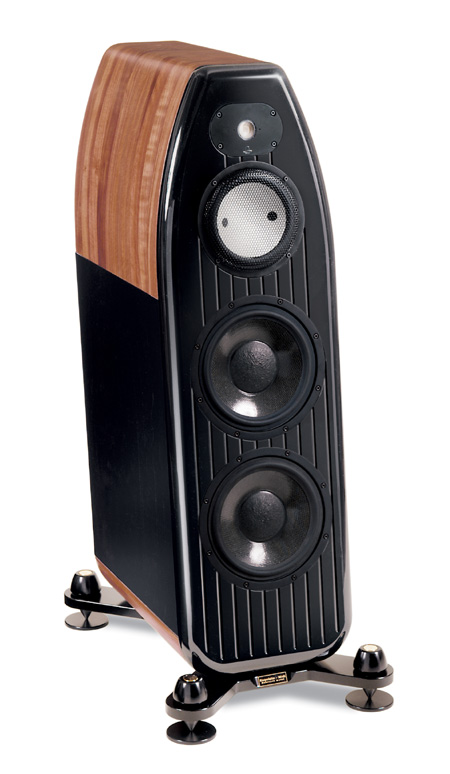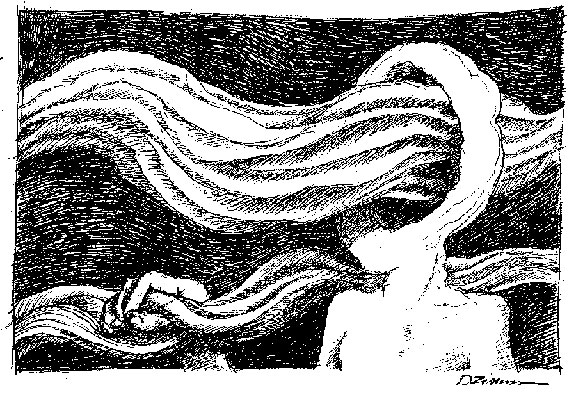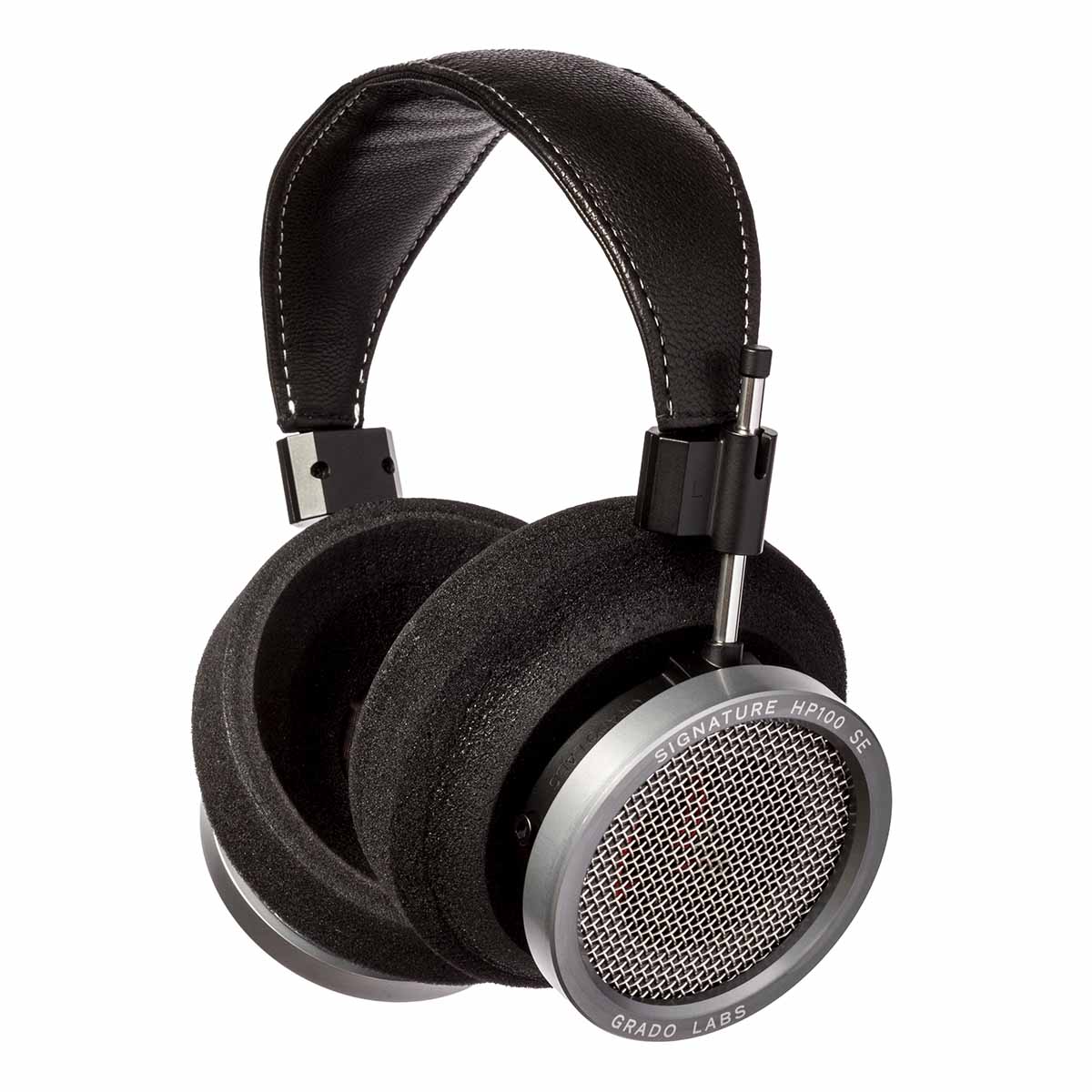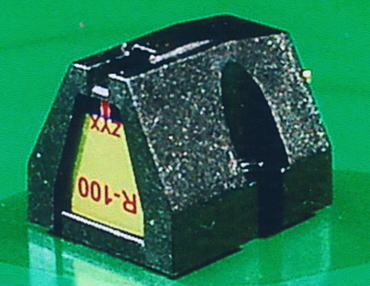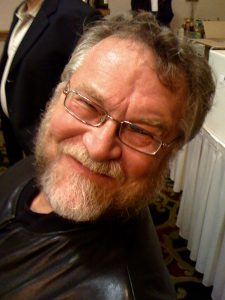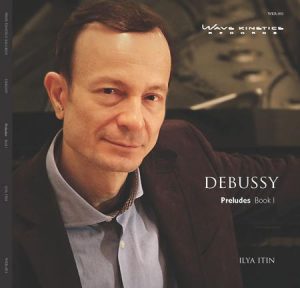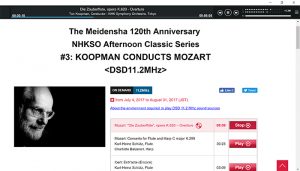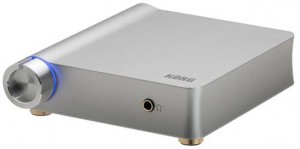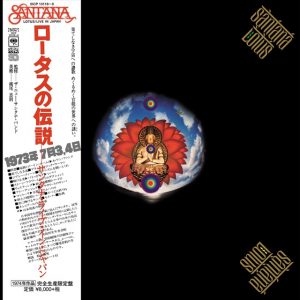Our good friends at the well-known DSD downloading site, NativeDSD.com, attended Munich 2019. During that time, they did a handful of video interviews with some key industry figures, which provide an excellent look at, and feel for, what Munich is all about. It also gives our readers an opportunity to hear more from companies that are carrying on significant development work in high-end audio…especially in the realm of DSD audio.
NativeDSD.com offered us the chance to republish their YouTube video links and accompanying text here at PF, which kind offer we immediately accepted. Thanks to Jonas Sacks, Floor Van Der Holst, and Jared Sacks for some good production work, and a generous spirit of audio-musical community in sharing them with us!
I think that you'll enjoy these videos; they educate and entertain, two major goals here at Positive Feedback.
Watch and learn!
Dr. David W. Robinson, Ye Olde Editor
Jonas Sacks writes: The NativeDSD videos are available here in the High End 2019 Playlist on our YouTube channel.
There are five videos in the first batch of Munich 2019 interviews. You'll see them all in our main channel index link above, or you can go directly to individual videos using the links below.
NativeDSD talks to US sales operations manager Katie Springer introducing the DSD512 files on this newly launched player. You can get the 512 tracks from this page: https://nativedsdpresents.nativedsd.c...
The A&ultima SP2000 sits at the top of the brand's flagship A&ultima line above the SP1000, and utilizes two top-of-the-line Asahi Kasei DACs (AKM AK4499EQ) in a dual-mono configuration. It's the first A&K player to support 32-bit/768kHz PCM and native DSD512 files, and also the first to use separate audio channels between the unbalanced and balanced outputs, through which impressive levels of power—3Vrms and 6Vrms respectively—are achievable. This higher bit rate DSD 512 tracks are pure DSD created by NativeDSD Mastering Engineer Tom Caulfield. They are not up samplings, for there are no PCM or DXD conversions involved in their production. They are re-modulations of the original DSD 256 encoding modulation that produced the DSD 256 releases. The sonic advantage to these new Stereo DSD512 tracks, as with all higher DSD bit rate releases, is the wider frequency passband prior to the onset of modulation noise.This results in the listener's DAC using gentler and more phase linear filters for playback of the music.
In our second video, René Laflamme from 2xHD and Nagra Audio reveals some of the highlights in the 2xHD DSD catalog and shows the new Nagra Audio HD DAC X, the company's top of the line, no compromises $65,000 Stereo DAC that plays DSD 256.
René Discusses these albums:
- Sax Sax Sax: Legendary Saxophone Performances https://www.nativedsd.com/albums/2XHDFT1150-sax-sax-sax
- Audiophile Speaker Set-Up https://2xhd.nativedsd.com/albums/2XHDFT1095-audiophile-speaker-setup
- Jazz at the Pawnshop https://naxos.nativedsd.com/albums/jazz-at-the-pawnshop
- Another Time - The Hilversum Concert, Bill Evans https://2xhd.nativedsd.com/albums/2XHDRE1069-another-time-the-hilversum-concert
John Quick from dCS is featured in our third video, in which he tells us how DSD is an important format for them as they develop and market a line of DSD DACs. He also discusses new dCS products shown during High End Munich 2019.
In this fourth video, the well-known Ying Tan of Groove Note Records announces the new album I Want You by Vanessa Fernandez. This is a new release that will be exclusively available in DSD at NativeDSD on June 8, 2019. (For a video and a sneak preview of the album, check the last edition of "In The DSD Studio" by NativeDSD Technical Advisor Brian Moura on the NativeDSD Blog.)
Finally, Jared Sacks, Managing Director of Channel Classics and NativeDSD, speaks with Claude Cellier, Founder, and CEO of Merging Technologies, about their work together over the last two decades on Direct Stream Digital (DSD), the Super Audio CD (SACD), and pioneering pro and home audio systems that use Ethernet (Audio Over IP), rather than earlier products that required multiple BNC and other types of cables and connections.The interview includes the history of DSD, Jared's adventures as a beta tester of SACD, DSD, and Merging's products, some of the key players at Philips who worked with Merging during DSD's creation and development, why Merging moved from products that used multiple cables to a one-cable, Ethernet approach, the growth of DSD recording bit rates from DSD 64 to DSD 128 and DSD 256, and what the future holds for Merging Technologies and NativeDSD Music.
Claude also introduces the new Merging Technologies Anubis—a small but powerful product that lets recording professionals record, monitor, and mix audio using AES67 Ravenna Ethernet. He speaks enthusiastically about what the Merging Anubis brings to recording, monitoring, mixing and listening to music.
There will be more to come in our Munich 2019 interview series...stay tuned!




